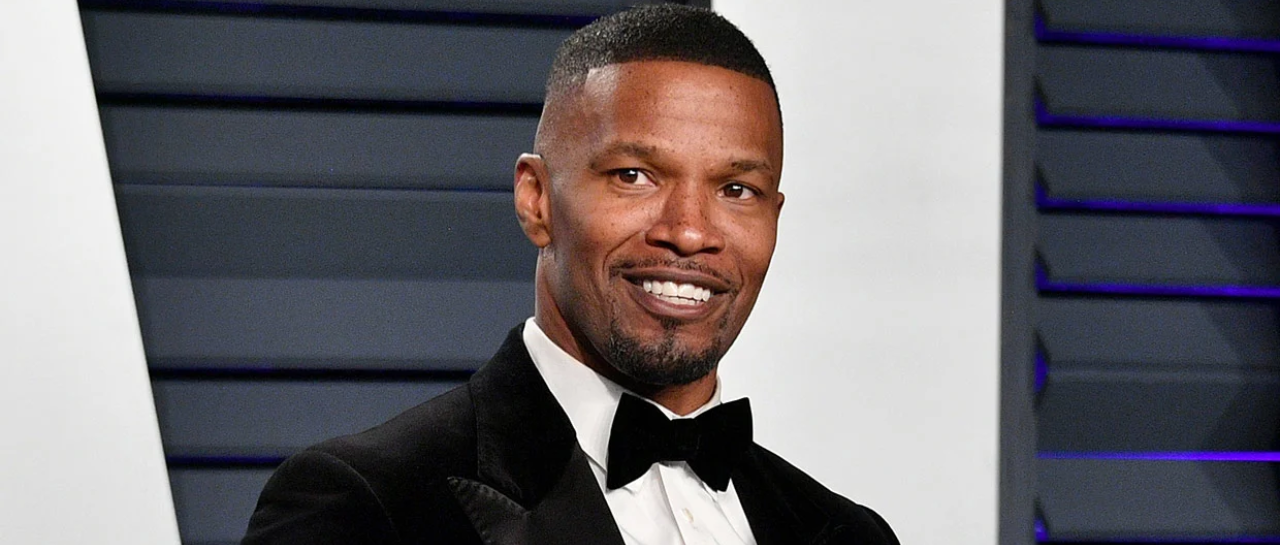Armed with a bevy of 2.5 GHz spectrum from its merger with Sprint, T-Mobile increasingly has been a thorn in the side of long-time network leader Verizon, and it’s made no secret of its plans to take the network crown in 5G.
So it seemed apropos that executives at Verizon took the opportunity during their virtual meeting with sell-side analysts Wednesday to reassert their dominance in 4G LTE and try to explain how they’re going to win the U.S. battle in 5G.
Verizon CEO Hans Vestberg painted a picture of a company leading the industry as an innovator in millimeter wave (mmWave) deployments, which Verizon calls its Ultra Wideband service, and continuing with the best 4G network while planting the seeds for opportunities in 5G.
“We are executing at the same time we are doing everything from the network point, to customer point of view, brand point of view. Our financials continue to be sound and strong,” he said. Despite Covid, “all in all, I feel good” about moving into next year.
On the network side of the house, Kyle Malady, EVP and CTO, took the brunt of questions from analysts who pressed about the speed at which the company is adding 5G coverage using mmWave spectrum, whose signals don’t travel nearly as far as low-band spectrum. Yet it’s where Verizon is pinning most of its 5G hopes because it delivers fantastic speeds. (Plus, it has a lot of it.)
That said, Verizon used the launch of Apple’s first 5G phone, the iPhone 12, to not only highlight that phone’s support for mmWave, but also to announce the deployment of dynamic spectrum sharing (DSS), a technology that allows Verizon to claim nationwide 5G coverage. It’s also worth noting that T-Mobile Director of Technology Neville Ray poked holes in DSS early in 2020, saying “it’s going to be a tough year on DSS.”
RELATED: Verizon launches DSS, takes center stage during 5G iPhone launch
One could argue 2020 has turned out to be a tough year on everything. Malady noted during his presentation that despite this year’s social unrest and Covid, Verizon’s engineering team managed to move ahead with more 5G cell sites and with DSS, which launched in October.
Verizon didn’t really have much choice in reacting to the shifts in usage patterns as a result of Covid, with so many people working and studying from home. The shift moved most of the traffic out of urban areas and into rural and suburban areas. Verizon had to adjust where it was adding capacity.
“We put on a lot of capacity,” adding a lot more 4G carriers than originally planned and adding more CBRS, Malady said. “We were able to get ahead of the shifting capacity and shifting demands in the network. The other point here is it gave us the margin to launch DSS.”
DSS calls for hosting 4G and 5G services in the same spectrum. At an investor event earlier this year, Malady spoke of a “slight inefficiency” in the control plane to allow 4G and 5G to work together in the same spectrum, and “we knew that. We understood exactly what it was so we’re adding a little more capacity anyway, but now we’re in really good shape and you can see … we’re in the best shape we’ve ever been in terms of capacity overall in our network.”
He said there’s a lot of “hard-core tech that went into making this and I’ve got to thank a lot of our partners for helping us,” adding there always has been a question about degrading performance by having 4G and 5G working in the same spectrum. He pointed to data from Ookla showing 5G-capable devices performing better after Verizon turned on DSS than when they just had 4G.
“The design goal is we want the experience to be at parity with our world-class and best 4G network. We don’t want anybody going backwards” because they’re on 5G, he said.
“We’re extremely pleased with where we are right now with DSS performance. In many cases, it works better than 4G would. Most of the time, it’s on par, and every once and a while, you get a little bit less, but in general, it’s surpassing our expectations and we’re still optimizing. Over the coming months, you’ll see new optimizations on DSS to make it work even better. But right now, we’re thrilled with the performance,” he said.
During the Q&A, Malady said they didn’t want to see people get a 5G phone and have a worse experience, but with DSS, it’s not going to be as good as Ultra Wideband, where they have far more spectrum. “It’ll get better over time,” he said.
Malady was asked if they shouldn’t be adding tens of thousands of cell sites per month rather than thousands of sites to get the coverage they need with mmWave. “I think the path that we’re on … is going to allow us to hit our game plan,” he said.
As for network slicing – Dish Network says it will be better positioned in this area due to the greenfield nature of its virtualized network architecture – he said Verizon is starting to roll out its standalone (SA) 5G core, and in 2021, it will have that fully operational. The challenge is creating a full end-to-end slice.
What about cable?
Verizon has MVNO agreements for Comcast’s Xfinity mobile service and Charter Communications’ Spectrum Mobile, where those cable companies use Verizon’s network to offer mobile services to their customers.
Earlier in the year, there was speculation those companies might be shopping around for another partner in the MVNO space; AT&T’s name was mentioned. Meanwhile, the cable companies also have been active in spectrum auctions.
Ronan Dunne, EVP and Group CEO of the Verizon Consumer unit, said you’d have to ask the cable companies about their strategies in wireless, but a single band of spectrum doesn’t create a network.
He acknowledged that Verizon has expanded and extended its relationships with the cable companies to make sure they have access to enhanced engineering capabilities, and “I think we’ve created the conditions to ensure that we’re their primary provider of connectivity for the foreseeable future.”













